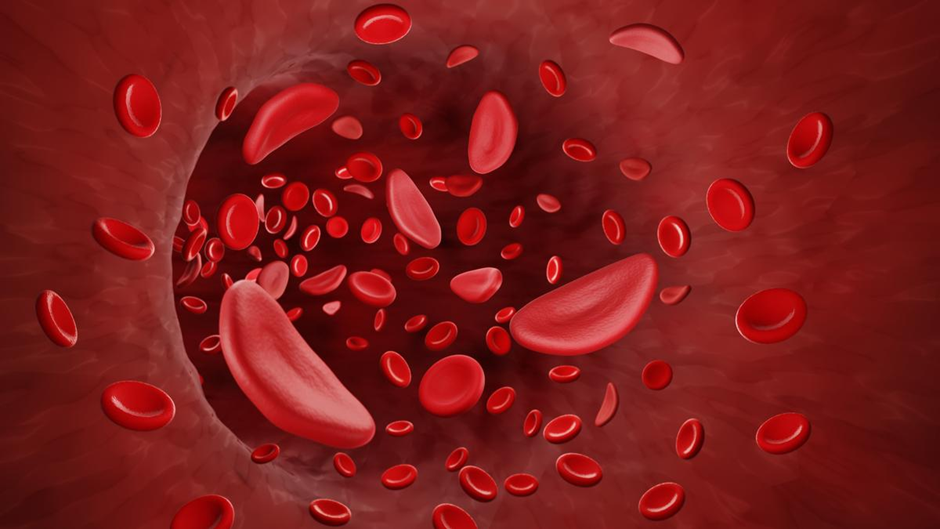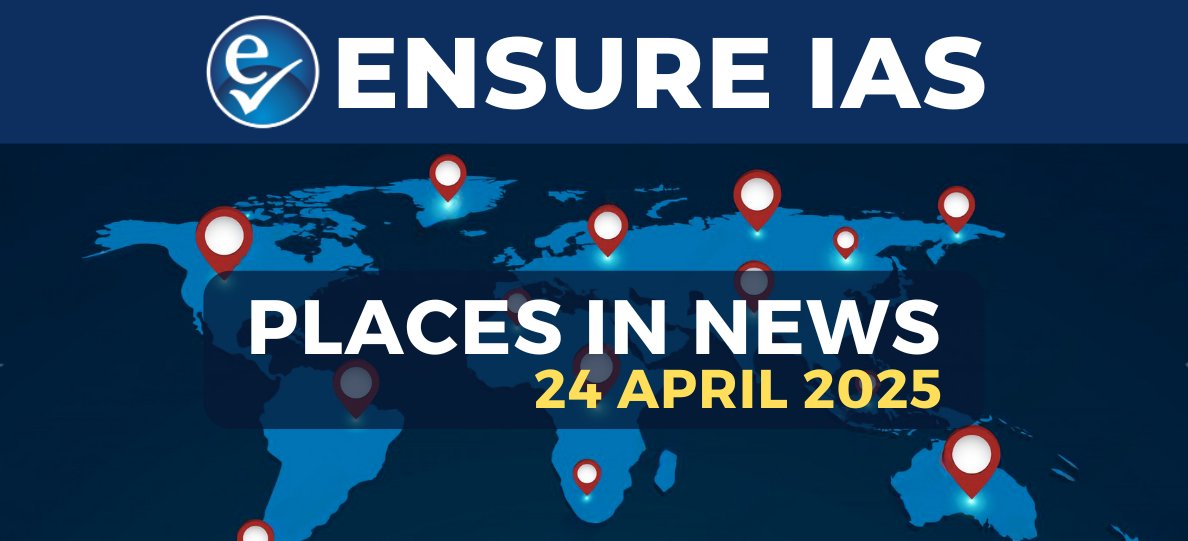- Courses
- GS Full Course 1 Year
- GS Full Course 2 Year
- GS Full Course 3 Year
- GS Full Course Till Selection
- CSAT
- 5 LAYERED ARJUNA Mentorship
- Public Administration Optional
- Online Program
- GS Recorded Course
- NCERT Batch
- Polity Module Course
- Geography Module Course
- Economy Module Course
- AMAC Module Course
- Modern India, Post Independence & World History Module Course
- Environment Module Course
- Governance Module Course
- Science & Tech. Module Course
- International Relations and Internal Security Module Course
- Disaster Management Module Course
- Ethics Module Course
- Essay Module Course
- Current Affairs Module Course
- ABOUT US
- OUR TOPPERS
- TEST SERIES
- FREE STUDY MATERIAL
- VIDEOS
- CONTACT US
India’s sickle cell challenge
India’s sickle cell challenge

The National Sickle Cell Anaemia Elimination Mission, launched by the Prime Minister of India in Shahdol, Madhya Pradesh, aims to eradicate sickle cell disease (SCD) as a public health threat by 2047. This mission reflects the urgency of addressing a condition that predominantly affects tribal and rural populations in India.
What is Sickle Cell Disease (SCD)?
About:
- SCD is a genetic disorder where red blood cells (RBCs) assume a crescent or sickle shape due to a genetic mutation. This impairs their function and reduces their lifespan, leading to severe complications.
- Complications: Includes sickle cell anemia, recurrent pain, swelling, infections, and damage to organs like the spleen, brain, and kidneys.
- Lifespan: Patients typically have a reduced lifespan averaging around 40 years.
Causes:
- SCD is inherited when a child receives two abnormal hemoglobin genes, one from each parent.
Common Types:
- HbSS: Severe form where both genes code for hemoglobin "S."
- HbSC: Milder form with one gene for hemoglobin "S" and another for hemoglobin "C."
- HbS beta thalassemia: Combination of hemoglobin "S" and beta thalassemia.
- HbSD, HbSE, HbSO: Variants involving hemoglobin types "D," "E," or "O."
Symptoms:
- Chronic anemia, painful episodes, delayed growth, and puberty.
Treatment:
- Blood Transfusions: Relieve anemia and reduce pain crises.
- Hydroxyurea: Reduces painful episodes and long-term complications.
- Gene Therapy: Potential future treatment using methods like CRISPR.
Prevalence of Sickle Cell Disease in India
- Public Health Concern: SCD is one of the ten major health issues impacting India’s tribal populations.
- Global Burden: India has the second-largest number of SCD cases globally, with over 1 million affected individuals.
- SCD Birth Rates: India ranks third in SCD births, after Nigeria and the Democratic Republic of the Congo.
- Carrier Rate: Varies between 1% to 40% among tribal groups.
- Geographical Distribution: Predominantly found in the tribal belt of Odisha, Jharkhand, Chhattisgarh, Madhya Pradesh, and Maharashtra.
Key Challenges in SCD Healthcare System
- No Permanent Cure: Gene therapy holds promise but remains costly and inaccessible for most.
- Misdiagnosis: Stigma and reliance on traditional healers lead to frequent misdiagnoses.
- Inadequate Healthcare Infrastructure: Rural and tribal areas often lack specialized facilities and trained personnel.
- Inadequate Screening Programs: Limited newborn screening and genetic counseling, coupled with mistrust in public healthcare.
- Limited Access to Medications: Inconsistent availability of treatments like hydroxyurea and high costs.
- High Treatment Costs: Expensive treatments like CRISPR and bone marrow transplants.
- Inadequate Research and Data: Limited research on SCD within India’s diverse populations.
- Cultural and Social Barriers: Stigma and social attitudes affect treatment uptake and participation in screening.
Government Initiatives
-
National Sickle Cell Anaemia Elimination Mission:
- Focuses on reducing SCD prevalence through screening and awareness.
- Targeted for complete elimination by 2047.
- CSIR developing gene-editing therapies for SCD.
-
National Health Mission (NHM) 2013:
- Addresses hereditary anomalies like SCD through awareness and treatment programs.
- Provides essential medicines, including hydroxyurea.
-
National Guidelines for Stem Cell Research 2017:
- Regulates commercialization and research on stem cell therapies.
-
National Guidelines for Gene Therapy Product Development 2019:
- Provides framework for gene therapy development and trials.
-
State Haemoglobinopathy Mission of Madhya Pradesh:
- Enhances screening and management of SCD.
-
Rights of Persons with Disabilities (RPwDs) Act, 2016:
- Provides benefits for individuals with SCD, including educational and employment opportunities.
International Developments:
- FDA approved gene therapies like Lyfgenia and Casgevy for SCD, with Casgevy being the first CRISPR-based therapy approved in the UK.
Steps Needed to Combat SCD Effectively
-
Reduce Stigma and Foster Trust:
- Use successful strategies from past health campaigns to improve public awareness and trust.
-
Early Detection and Screening:
- Increase newborn screening and strengthen genetic counseling.
-
Enhance Accessibility to Care:
- Ensure drugs and support are available locally; establish specialized centers at the district level.
-
Implement Catch-Up Vaccination Programs:
- Ensure all patients receive necessary vaccinations.
-
Research and Development:
- Invest in research for better treatment options and potential cures.
- Collaborate with philanthropists and civil society for funding and support.
Conclusion
Addressing sickle cell disease in India requires comprehensive efforts in early detection, improving healthcare infrastructure, and public education. These steps are crucial for achieving Sustainable Development Goals (SDG) 3 (Good Health & Well Being) and 10 (Reduced Inequality). With coordinated efforts and sustained commitment, India can significantly improve the management and outcomes of sickle cell disease.
Must Check: Best IAS Coaching In Delhi
UPSC Prelims Result 2024 Out: Expected Cut Off & Other Details, UPSC Prelims 2024 Answer with Explanation, Daily Prelims Quiz, Daily Current Affairs, MONTHLY CURRENT AFFAIRS TOTAL (CAT) MAGAZINE, Best IAS Coaching Institute in Karol Bagh, Best IAS Coaching Institute in Delhi, Daily Mains Question Answer Practice, ENSURE IAS UPSC Toppers, UPSC Toppers Marksheet, Previous Year Interview Questions, UPSC Syllabus




